A disc in which serval grooves are cut along the chord drawn from a point 'A', is arranged in a vertical plane several particles starts slipping from 'A' along the grooves simultaneously. Assuming friction and resistance negligible, the time taken in reaching the edge of disc will be :-
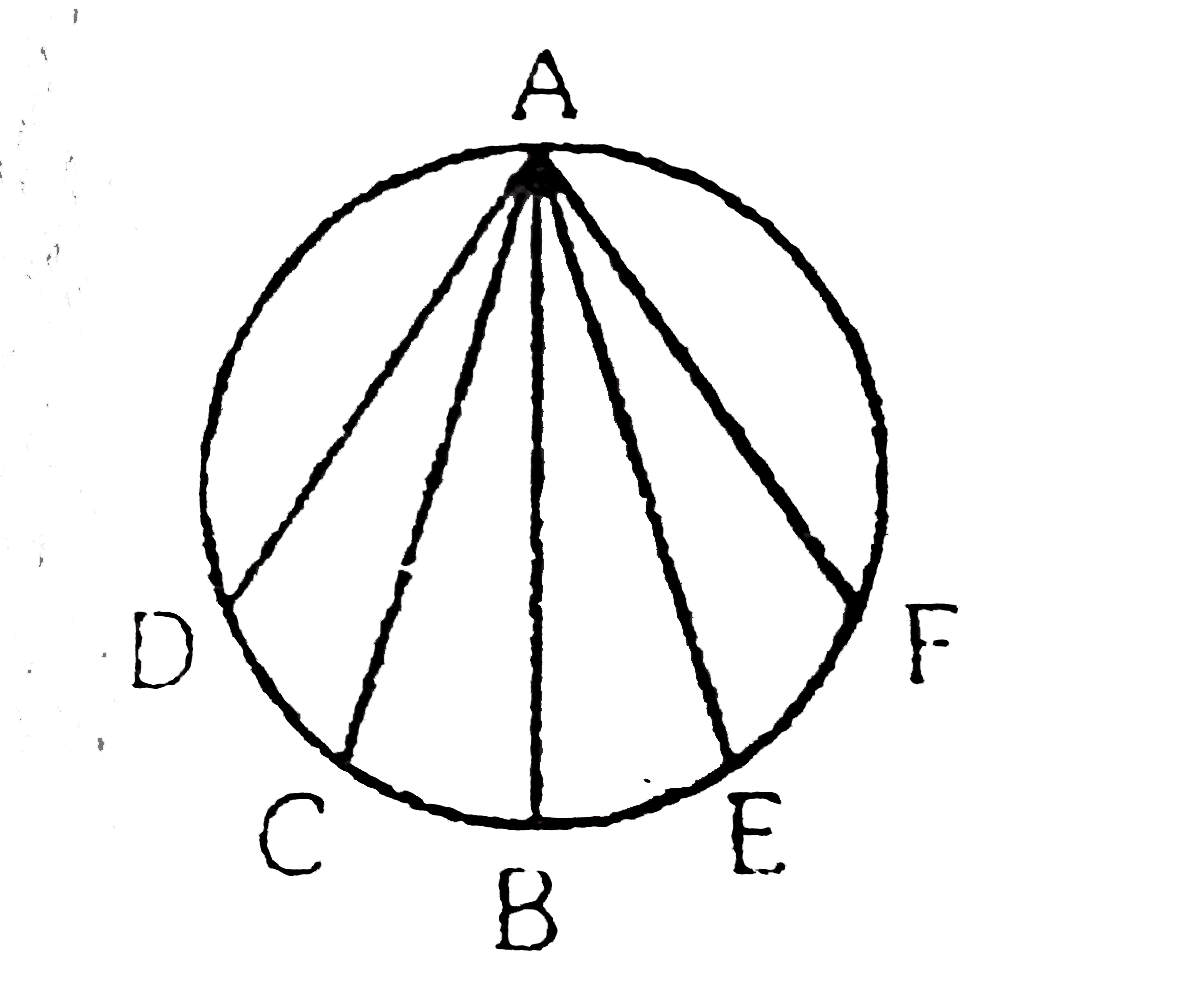
Maximum in groove AB
Maximum in groove AD
Same in all groove
According to the heights of B,C,D,E,F
The correct Answer is:C
Using
constant
which does not depend upon
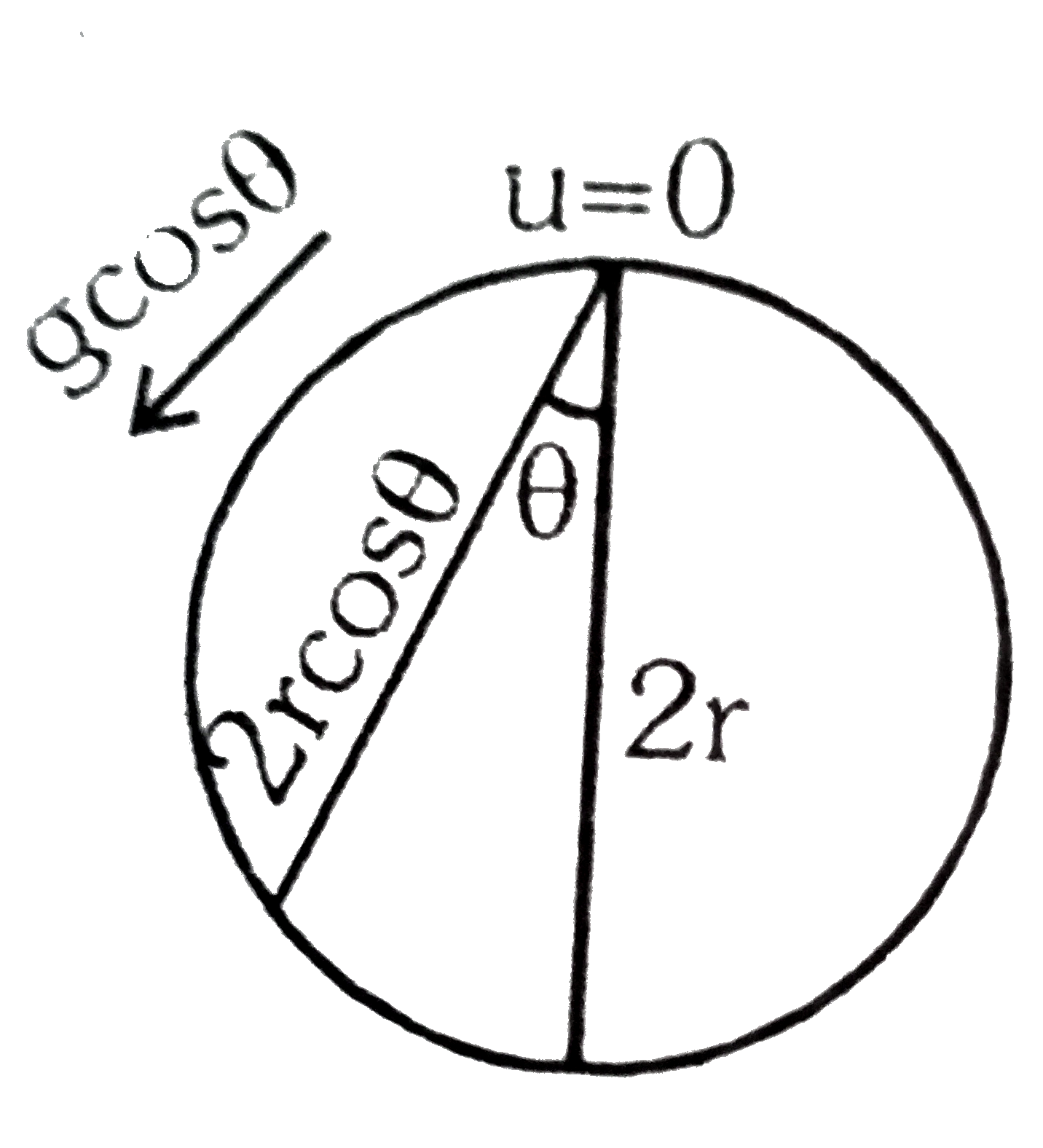
Topper's Solved these Questions
- MOTION IN A PALNEBook:ALLENChapter:MOTION IN A PALNEExercise:EXERCISE-3
Explore 41 Videos
- MOTION IN A PALNEBook:ALLENChapter:MOTION IN A PALNEExercise:SOLVED EXAMPLE
Explore 28 Videos
- MOTION IN A PALNEBook:ALLENChapter:MOTION IN A PALNEExercise:EXERCISE-1
Explore 99 Videos
- KINEMATICS-2DBook:ALLENChapter:KINEMATICS-2DExercise:Exercise (O-2)
Explore 48 Videos
- NEWTON'S LAWS OF MOTION & FRICTIONBook:ALLENChapter:NEWTON'S LAWS OF MOTION & FRICTIONExercise:EXERCISE (JA)
Explore 4 Videos
Similar Questions
A table with smooth horizontal surface is fixed in a cabin that rotates with a uniform angular velocity ω in a circular pathof radius R. A smooth groove AB of length L(<<R) is made on the surface of the table. The groove makes an angleθ with the radius OA of the circle in which the cabin rotates. A small particle is kept at the point A in the groove and is released to move along AB. Find the time taken by tehparticle to reach the point B.
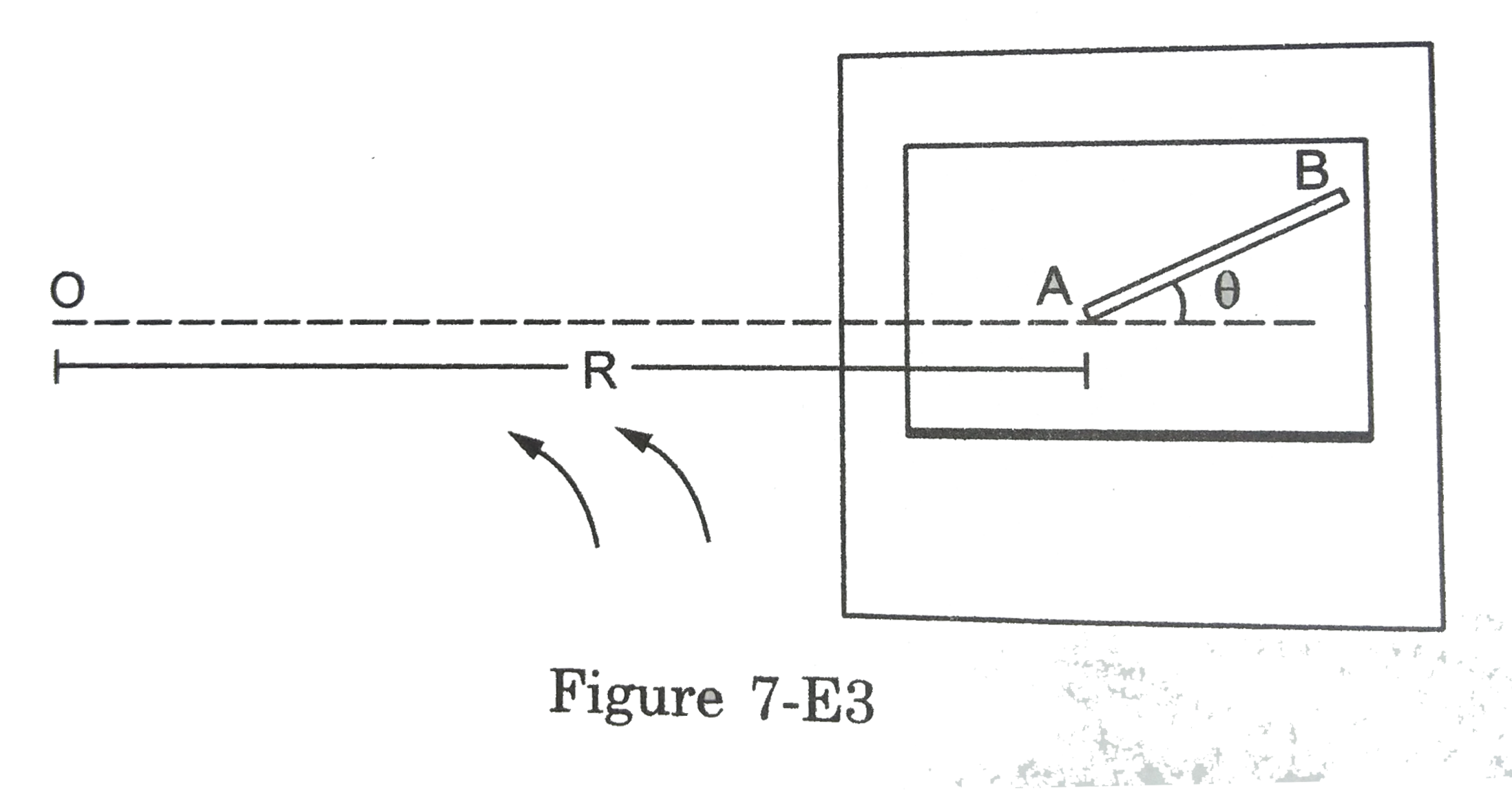
View SolutionA long straight wire carries a current I0, at distance a and b=3a from it there are two other wires, parallel to the former one, which are interconnected by a resistance R(figure).A connector slides without friction along the wires with a constant velocity v.Assuming the resistance of the wires,the connector, the sliding contacts and the self-inductance of the frame to be negligible. The point of application (distance from the long wire) of magnetic force on sliding wire due to the long wire is 2alnx from long wire.Then find out value of x.
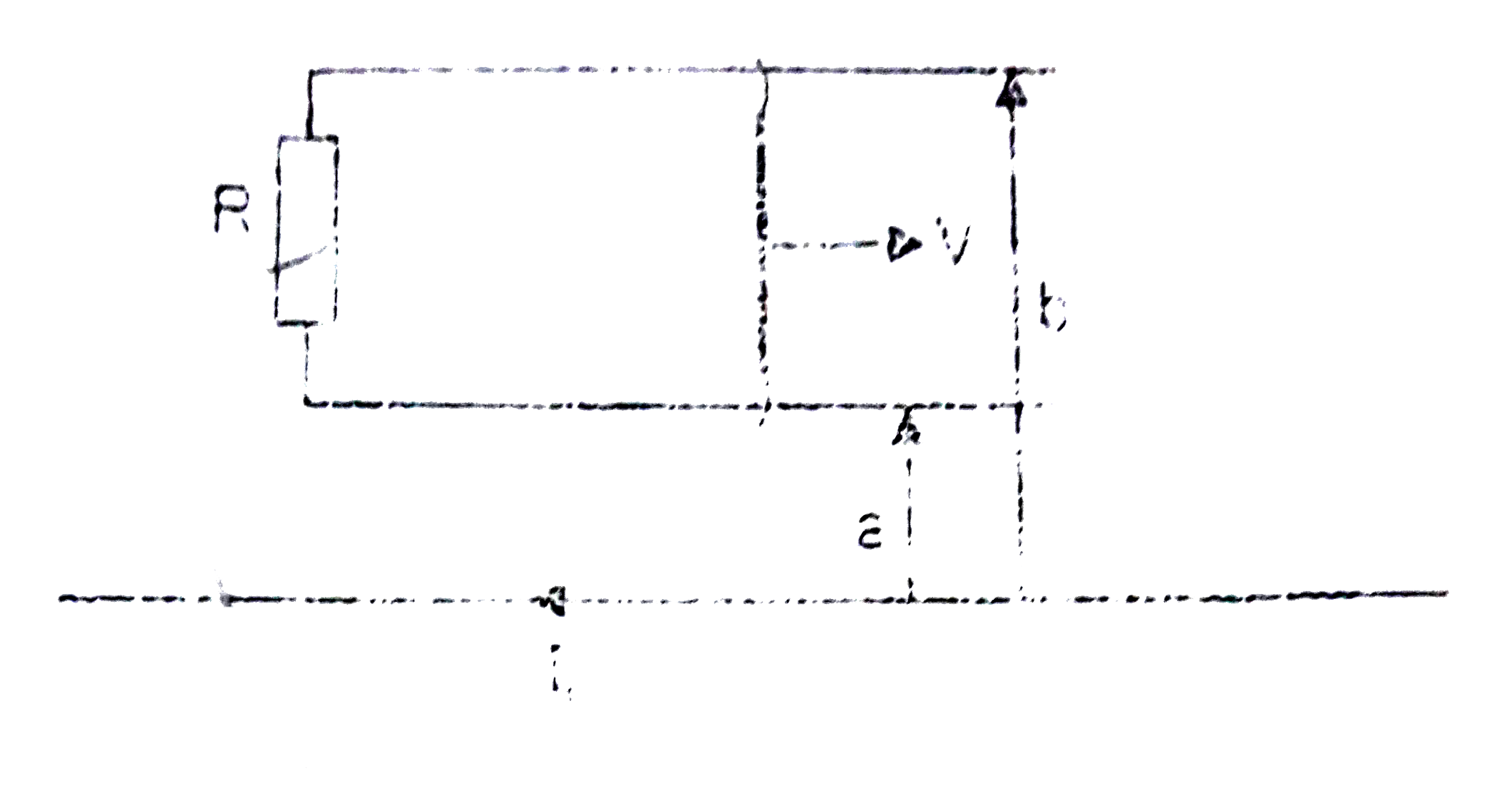
View Solution
Knowledge Check
A vehicle is driven along a straight horizontal track by a motor which exerts a constant driving force. The vehicle starts from rest at t=0 and the effects of friction and air resistance are negligible. If the kinetic eneryg of the vehicle at time t is E and power developed by the motor is P, which of the following graphs are correct?
A(a)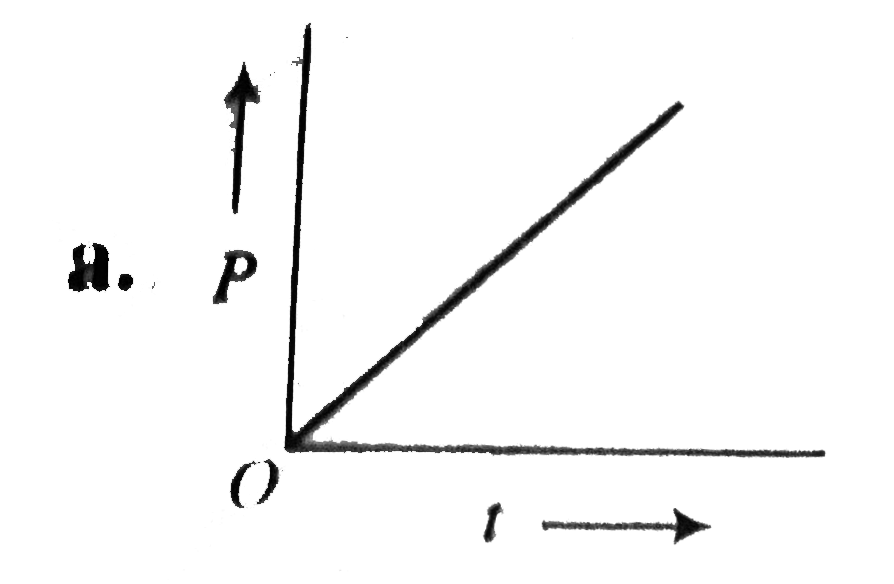 B(b)
B(b)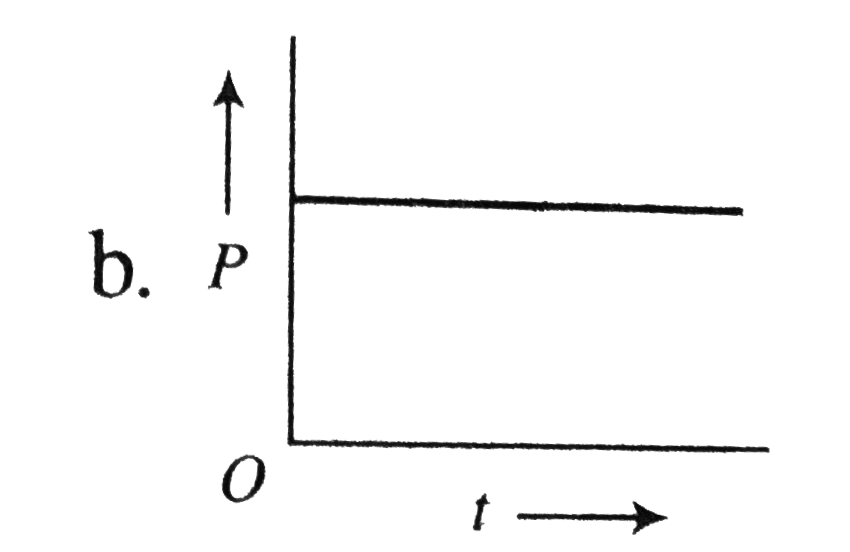 C(c)
C(c)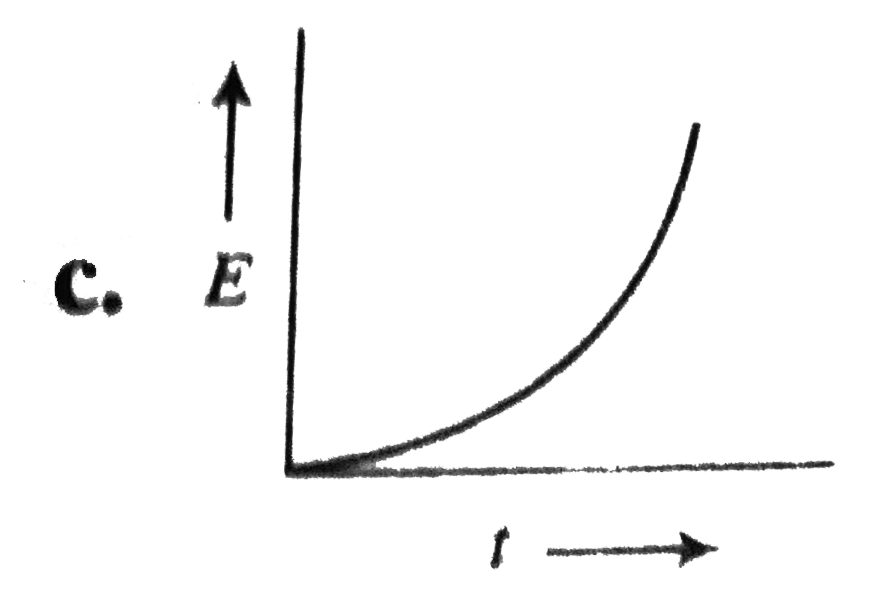 D(d)
D(d)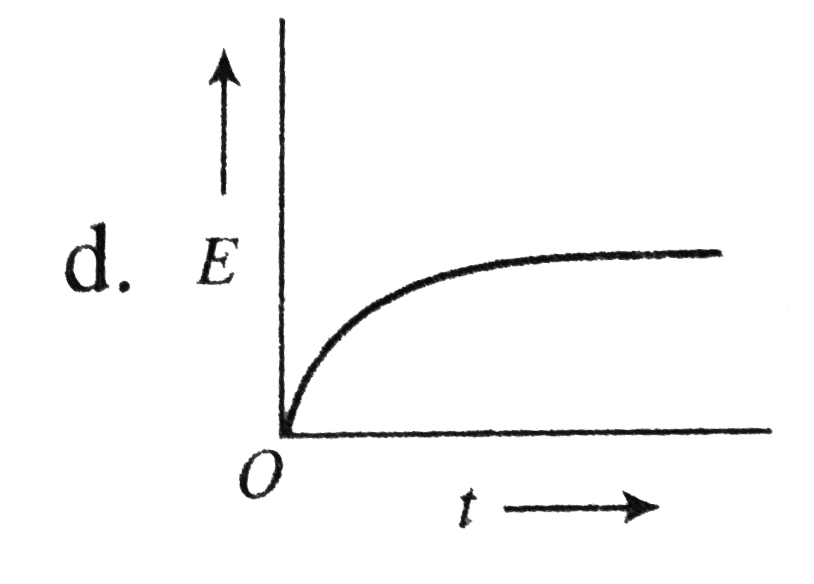
A disc arranged in a vertical plane has two groves of same length directed along the vertical chord AB and CD as shown in the fig. The same particles slide down along AB and CD. The ratio of the time tAB/tCD is
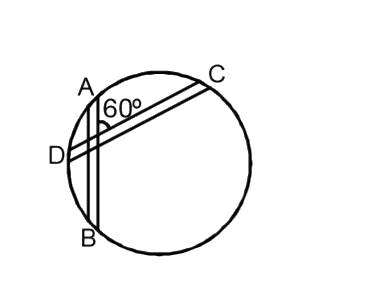 A1:2B1:√2C2:1D√2:1
A1:2B1:√2C2:1D√2:1Two men each of mass m stand on the rim of a horizontal circular disc, diametrically opposite to each other. The disc has a mass M and is free to rotate about a vertical axis passing through its centre of mass. Each man start simultaneously along the rim clockwise and reaches their original starting points on the disc. The angle turned through by the disc with respect to the ground (in radian) is:
A8mπ4m+MB2mπ4m+MCmπM+mD4mπ2M+m
A long straight wire carries a current I0. At distance a and b =3a from it there are two other wires, parallel to the former one, which are interconnected by a resistance R ( figure ). A connector slides without friction along the wire with a constant velocity v. Assuming the resistance of the wire, the connector, the sliding contact, and the self-inductance of the frame to be negligible ,
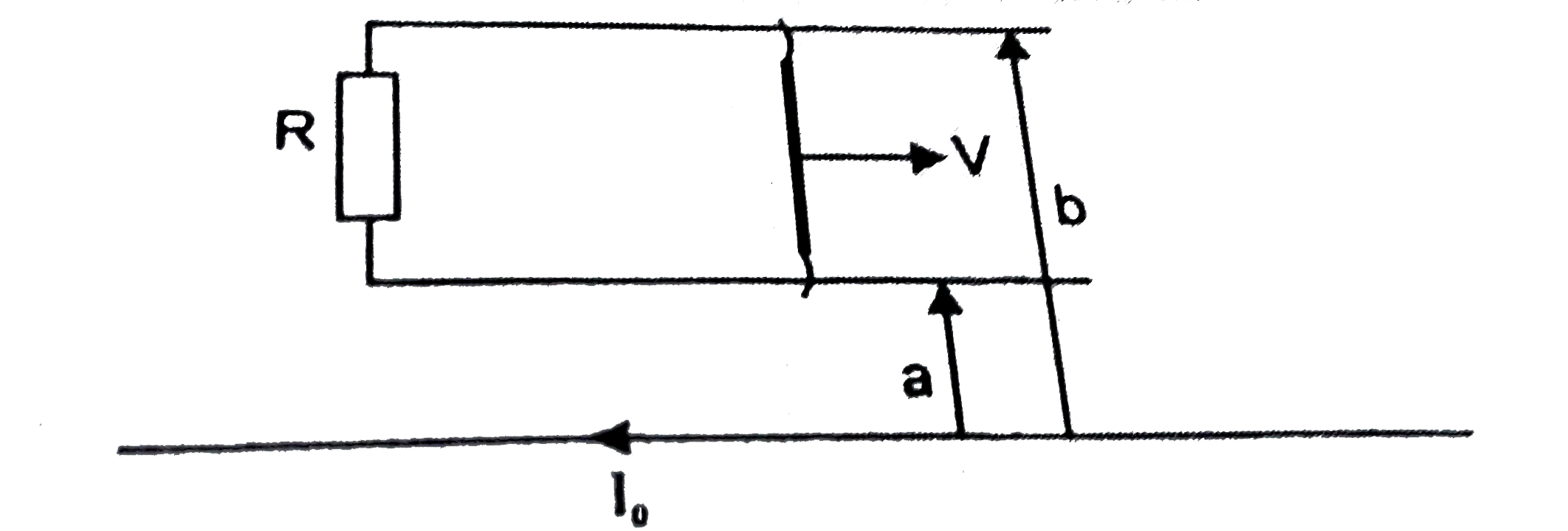
The point of application (distance from the long wire ) of magnetic force on sliding wire due to the long wire is 2alnx from long wire. Then findout value of x.
View SolutionA long straight wire carries a current I0. At distances a and b from it there are two other wires, parallel to the former one, which are interconnected by a resistance R (Fig). A connector slides without friction along the wires with a constant velocity v. Assuming the resistances of the wires, the conductor, the sliding contacts, and the self-inductance of the frame to be negligable, find:
(a) the magnitude and the direction of the current induced in the connector,
(b) the force required to maintain the connector's velocity constant.

View SolutionA circular disc of mass 300gm and radius 20cm can roate freely about a vertical axis passing through its centre of O.A small inset of mass 100gm is initially stationary) the insect starts walking from rest along the rim of the disc with such a time varying relative velocity that the disc rotates in the opposite direction with a constant angular acceleration =2πrad/s2. After some time T, the insect is back at the point A. By what angle has the disc rotated till now , as seen by a stationary earth observer ? Also find the time T.
View Solution(a) Prove that bodies starting at the same time t=0 from the same point, and following frictionless slopes in different directions in the same vertical plane, all lie in a circle at any subsequent time.
(b) Using the above result do the following problem. A point P lies above an inclined plane of inclination angle α. P is joined to the plane at number of points by smooth wires, running in all possible directions. Small bodies (in shape of beads) are released from P along all the wires simultaneously. Which body will take least time to reach the plane.
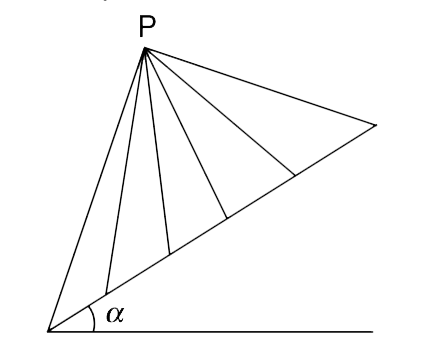
View SolutionA frictionless wire is fixed between A and B inside of a hollow sphere of radius R as shown. A beam slips along the wire starting from the rest at point A. The time taken by the beam to slip from A to B will be
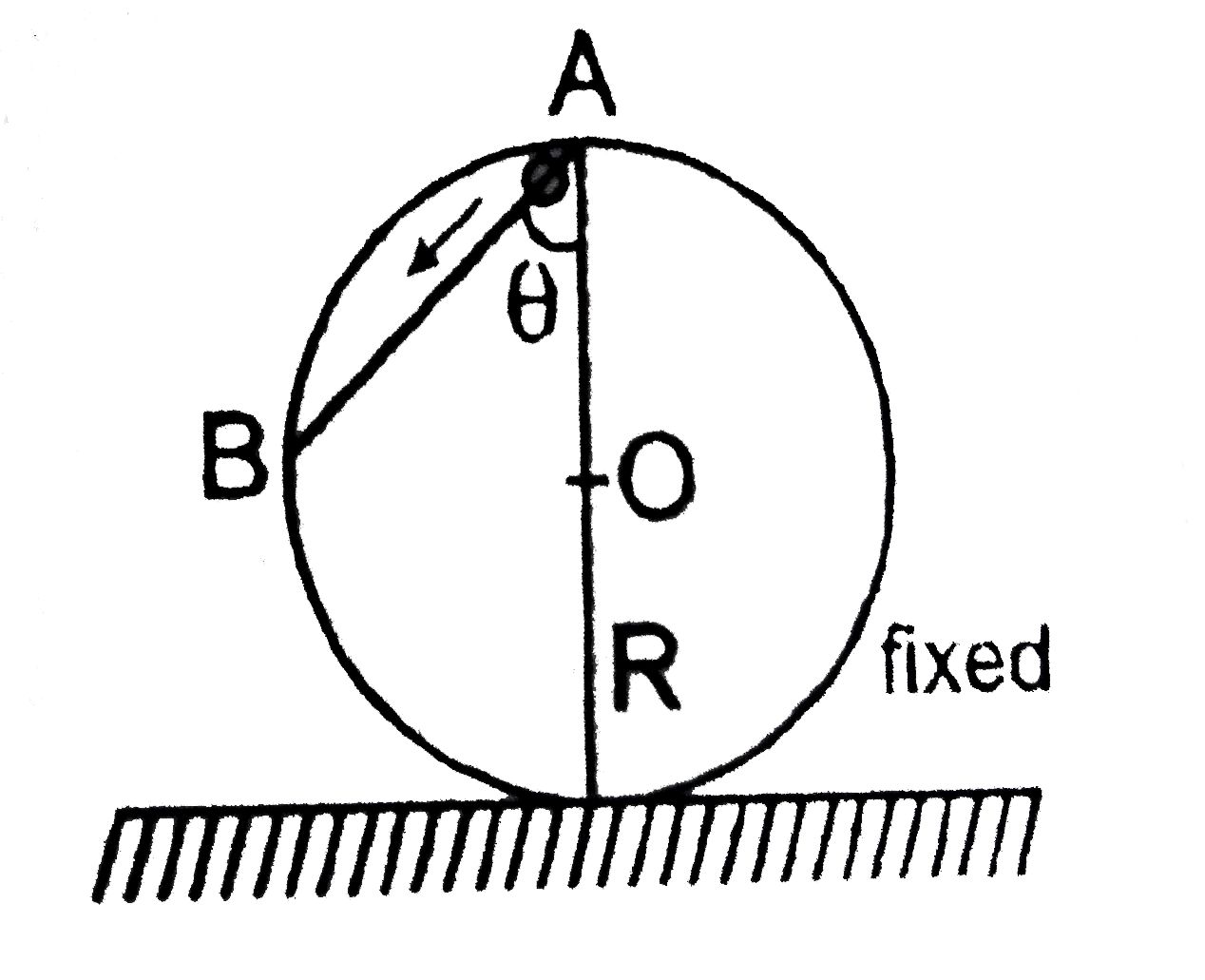
View Solution